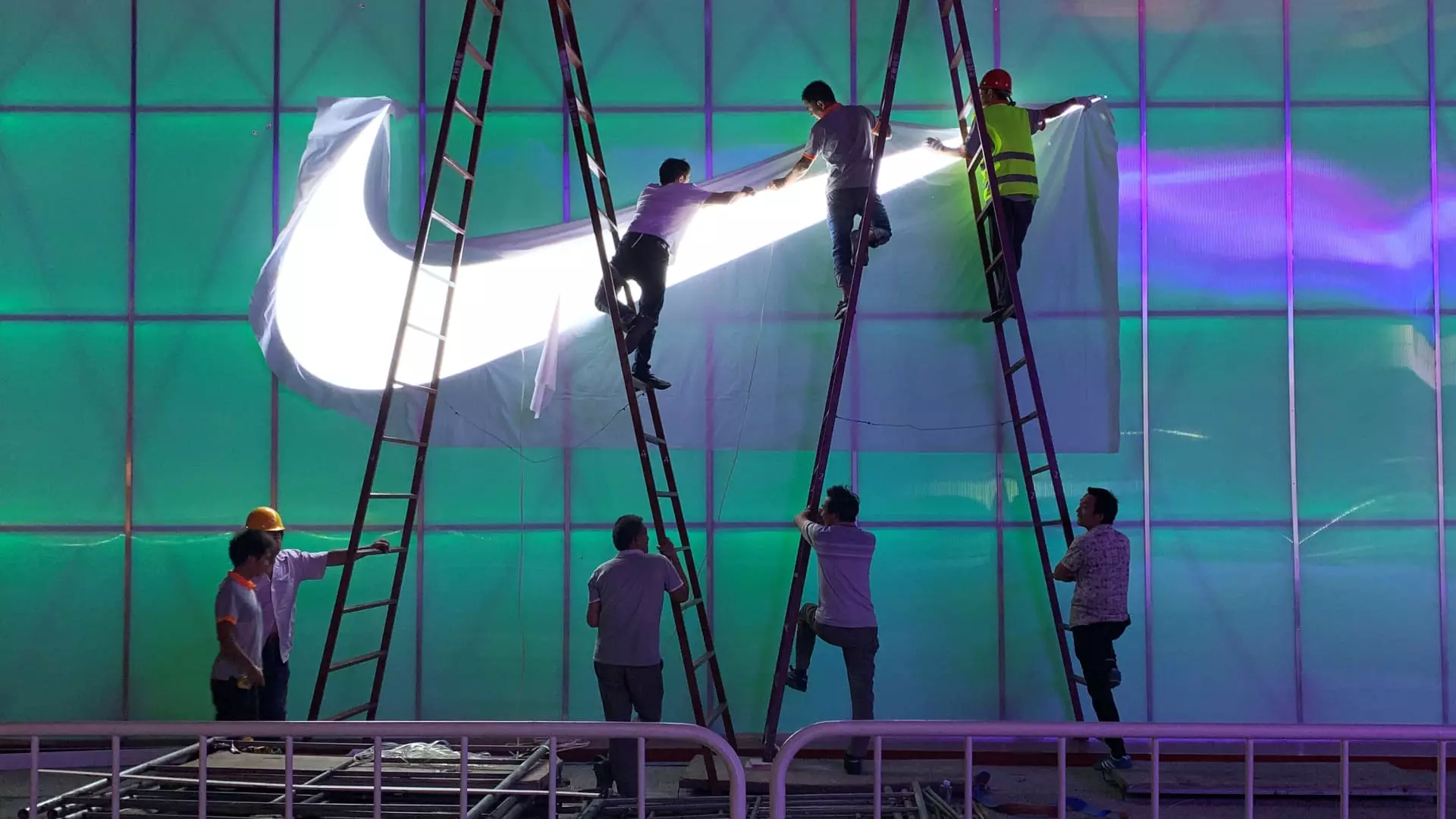As the global economy recovers from the disruptions caused by the pandemic, businesses are bracing themselves for the shifts in consumer behavior and market dynamics. Among these businesses are two prominent U.S. brands, Starbucks and Nike, both of which find themselves in the hands of new leadership amid changing economic conditions in China. Brian Niccol at Starbucks and Elliott Hill at Nike are tasked with the challenge of revitalizing their companies as they navigate a complex landscape influenced by China’s economic recovery efforts.
The Chinese Market’s Importance
China is an essential market for many global brands, with Bank of America reporting that Starbucks has an 8.6% direct sales exposure and Nike has an even more significant 14.7% exposure. As China rolls out economic stimulus measures aimed at boosting consumer spending, it is imperative for these companies to capitalize on the potential resurgence of Chinese consumer confidence. Given the challenges posed by local competitors and shifting consumer preferences, a successful strategy tailored to the Chinese context is critical for both companies.
While the prospects for economic stimulus in China seem promising, the reality on the ground may be more complicated. Recent years have seen an increase in competition from domestic brands, coupled with a growing skepticism toward foreign companies from both consumers and the Chinese government. Analysts are cautious, emphasizing that an economic rebound does not automatically equate to success for global brands. According to Bank of America’s Chen Luo, the relationship between China’s recovery and international brands is complex, and without strong execution strategies, expected gains may not materialize.
New Leadership, New Directions
As Brian Niccol assumes his role at Starbucks, early indications suggest a strategic pivot focusing on leadership changes within the company’s China operations. Given the high stakes in this key market, Starbucks may explore options like joint ventures with local firms to better align with consumer expectations. Meanwhile, Elliott Hill at Nike, who is set to take on his leadership position on October 14, has expressed optimism for the long-term prospects in China, despite moderate short-term expectations. However, for both leaders, the existing challenges in consumer confidence and brand loyalty remain formidable hurdles.
Moreover, investor confidence in the ability of Niccol and Hill to steer their companies toward renewed growth has been met with skepticism. Shares of both companies experienced initial surges following the leadership transitions, but a closer examination reveals a more nuanced reality. Investors are exercising caution, often described as a “wait-and-see” approach as they assess the tangible effects of fresh leadership and stimulus policies in China.
Ellen Hazen, a chief market strategist, has articulated this cautious sentiment, acknowledging the uncertainty surrounding the execution and effectiveness of stimulus measures. Investors are wary that although the initiatives may theoretically enhance consumer spending, it remains unclear how significantly this will impact the bottom line for brands like Starbucks and Nike.
Eric Clark, co-portfolio manager of the Rational Dynamic Brands Fund, echoed the notion that the new leadership is more of a “morale booster” rather than a definitive sign of robust growth. Both companies have been grappling with underperformance in recent market conditions, and Clark suggests that the road back to growth may be long and fraught with challenges. The complex competitive landscape, characterized by intensified rivalry with domestic brands and a shifting regulatory environment, further complicates matters.
Additionally, the effectiveness of stimulus measures largely centered on the real estate sector raises questions about their impact on consumer confidence—an essential driver of retail sales. Without a decisive and sustained approach targeting consumer sentiment, the likelihood of substantial gains for Starbucks and Nike in China remains tenuous.
While the economic revival in China may cast a hopeful light on the prospects for global brands such as Starbucks and Nike, much depends on the strategic decisions made by their new CEOs and the execution of government policies. Navigating this new terrain will not only require innovative approaches but also a deep understanding of the localized market dynamics. As both companies work towards redefining their strategies, the focus must remain on enhancing brand value and consumer engagement in a rapidly changing environment. The journey may be challenging, but with resilience and strategic foresight, these brands can find a path to renewed growth in the world’s second-largest economy.


Leave a Reply